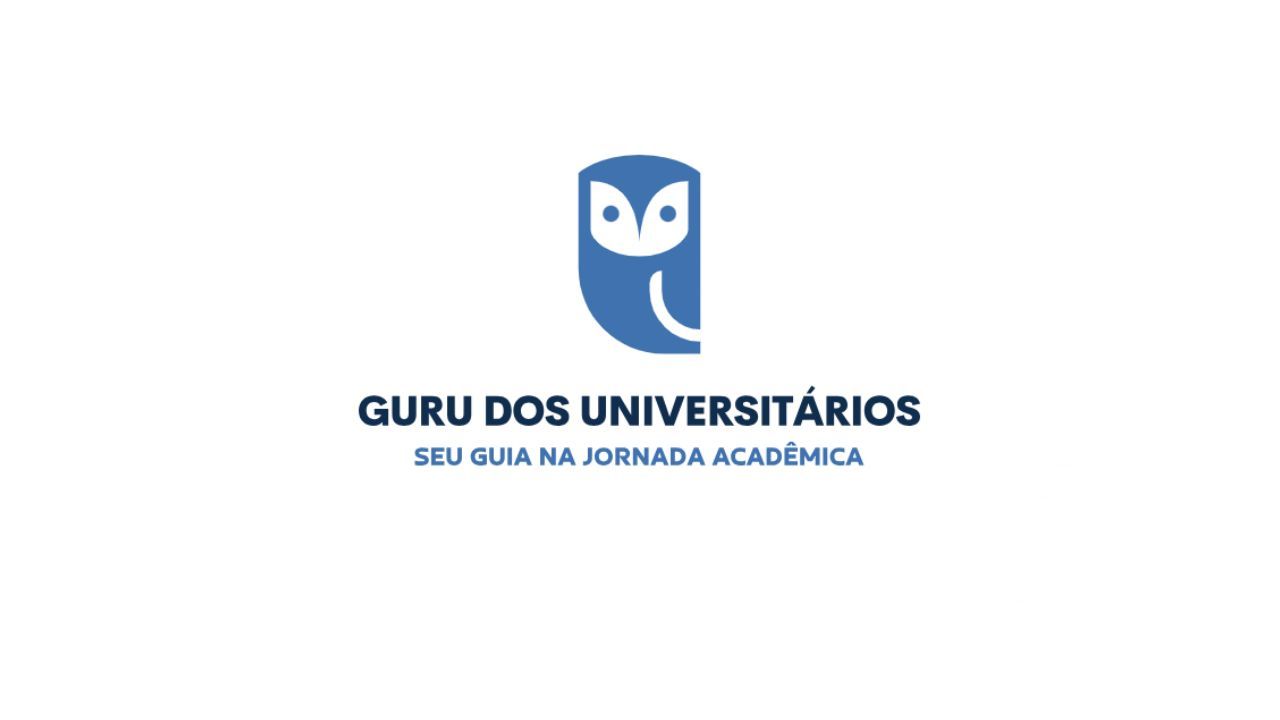Understanding the Brazilian University System: A New Student's Guide
Overview of the Brazilian University System
The Brazilian university system is a vibrant and diverse environment that offers a wide range of academic opportunities for both local and international students. Understanding how this system works is crucial for new students aiming to make the most of their educational experience in Brazil. This guide will walk you through the essentials of the Brazilian higher education landscape, from types of institutions to the academic calendar.

Types of Institutions
Brazil's higher education system is composed of both public and private institutions. Public universities are mostly funded by the government and are known for their high academic standards and competitive admission processes. Private institutions, on the other hand, offer more flexible admissions but generally require tuition fees.
Universities in Brazil are classified into different categories: universities, university centers, and faculdades. Universities offer a comprehensive range of undergraduate and graduate programs and are involved in research activities. University centers provide similar programs but with less emphasis on research, while faculdades focus on specific fields of study.
The Academic Calendar
The academic year in Brazil typically starts in February or March and ends in December, with breaks in July and December. The year is divided into two semesters, each lasting approximately 18 weeks. This schedule is somewhat different from the Northern Hemisphere's, so international students should plan accordingly.

Admissions Process
Admission to Brazilian universities is primarily determined through an entrance exam known as the Vestibular. Each institution has its own exam, but there is also a national exam called the ENEM (Exame Nacional do Ensino Médio), which many universities use for admissions. It's important for prospective students to prepare thoroughly for these exams, as competition can be fierce, especially for public universities.
Degree Programs and Duration
Undergraduate programs in Brazil typically last between three to six years, depending on the field of study. For instance, most humanities and social sciences courses take three to four years, while medicine can take up to six years. Graduate programs, including master's and doctoral degrees, vary in duration and often involve significant research components.

Language Requirements
The primary language of instruction in Brazilian universities is Portuguese. While some institutions offer programs in English, especially at the graduate level, proficiency in Portuguese is essential for most courses. New students are encouraged to take language courses before or during their studies to improve their proficiency.
Student Life and Culture
University life in Brazil is vibrant and diverse, with a strong emphasis on social activities and cultural events. Students can participate in a wide range of extracurricular activities, including sports, arts, and student organizations. This rich cultural landscape provides a unique opportunity for personal growth and networking.
Financial Considerations
While public universities offer free education, living expenses such as accommodation, food, and transportation must be considered. Private institutions require tuition fees, which vary widely depending on the course and institution. Scholarships are available for both local and international students and can significantly reduce financial burdens.

Conclusion
Navigating the Brazilian university system may seem daunting at first, but with proper preparation and understanding, students can enjoy a rewarding academic journey. By familiarizing themselves with the types of institutions, admissions processes, and cultural nuances, new students can make informed decisions that enhance their educational experience in Brazil.
